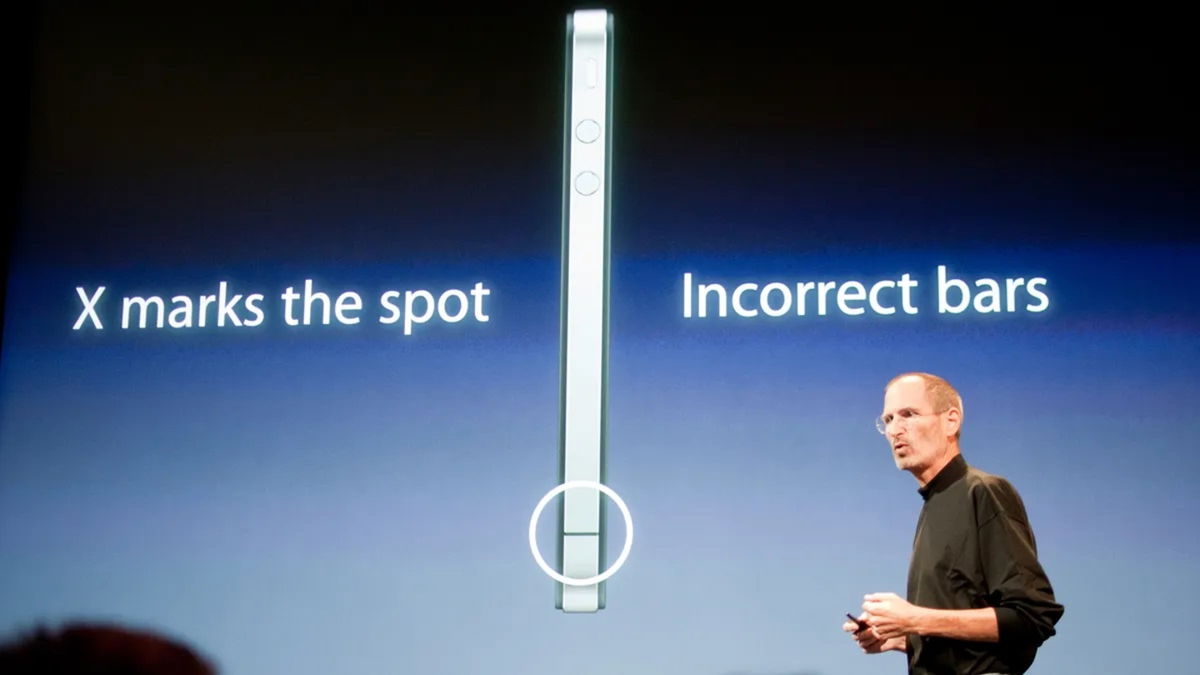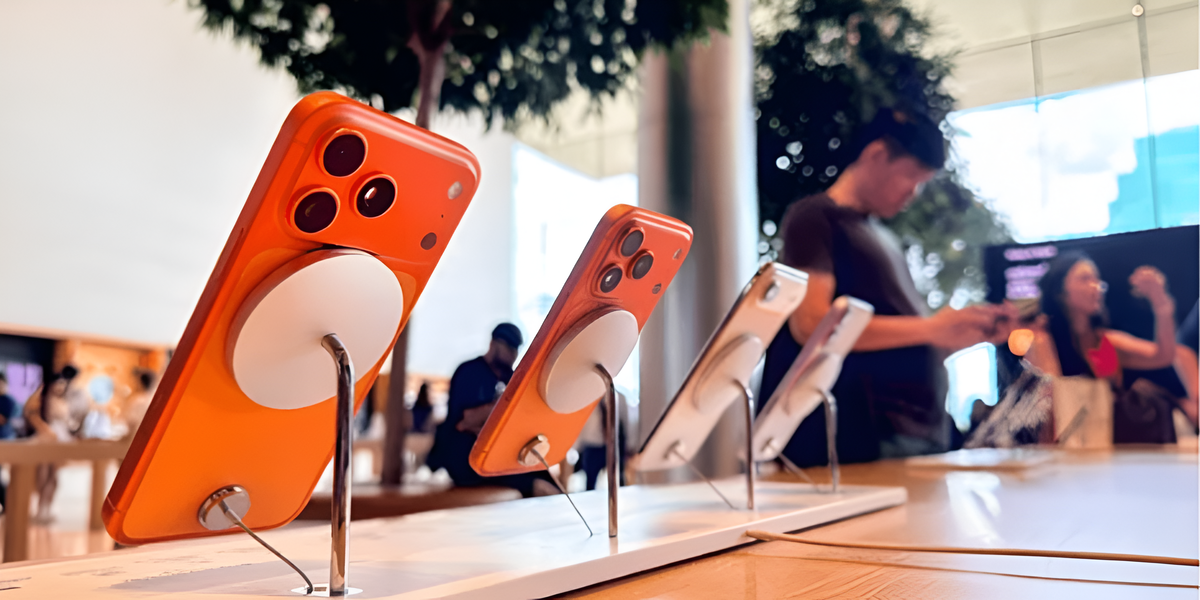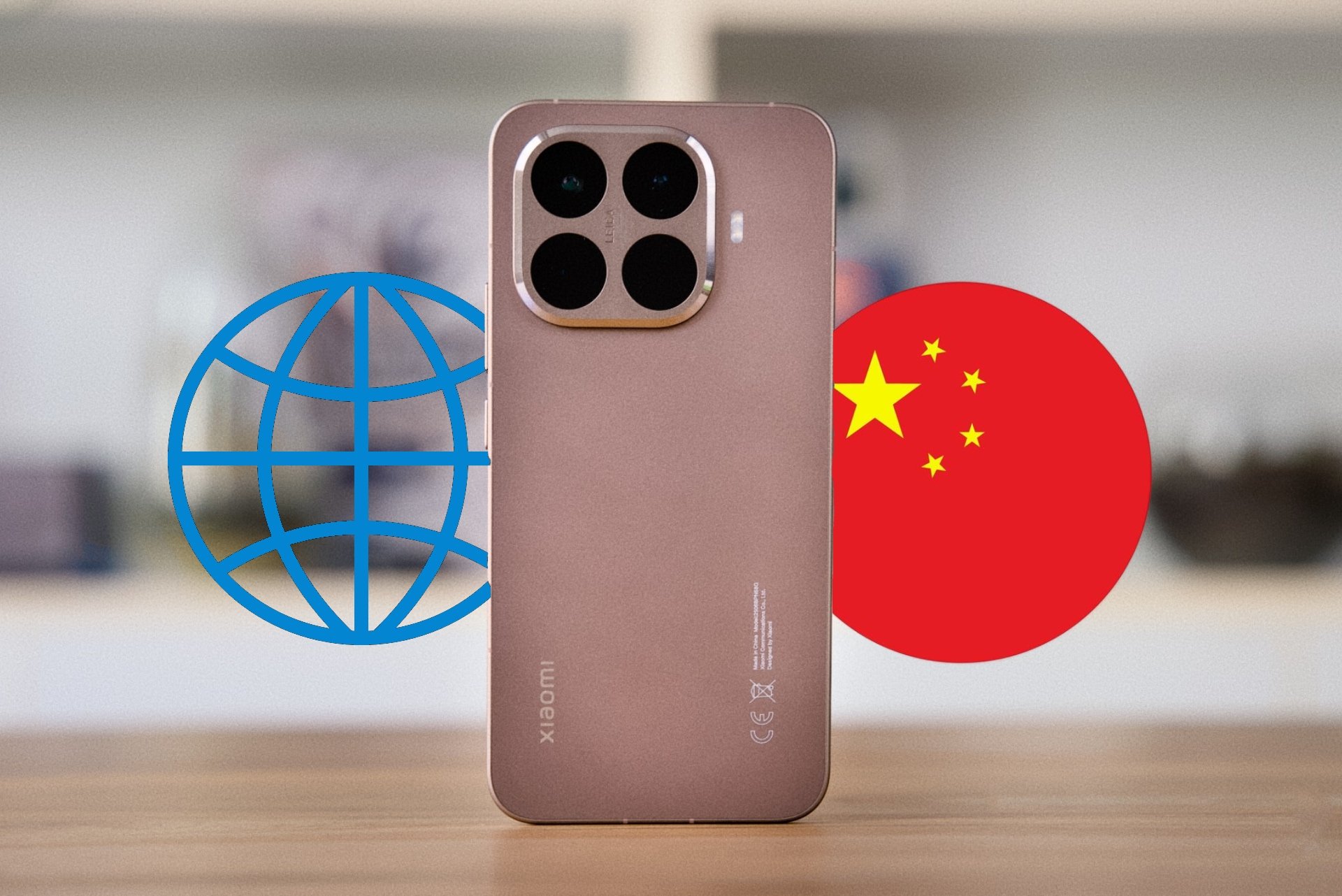Apple has confirmed the end of production of the iPod, its music-focused multimedia device. No more models ipod touch, and its marketing will continue while supplies last, leaving behind 20 years of innovation not only in the hardware but also in the music landscape. This device, in fact, marked the before and after for Apple. Also for a whole generation.
The first of six iPod Classics announced by the company in the 2000s arrived on October 23, 2001. in response to the poor integration of other devices on the market with iTunes, the Apple music player software. On that day, Steve Jobs took the stage to introduce a compact MP3 player capable of storing just 1,000 songs in 5.10 GB of memory. The battery lasted for 10 hours, the screen was not color, but classic click wheel The (click wheel) was a mechanical but revolutionary device. Jobs essentially described the iPod as “an entirely new category of digital music player” capable of “putting your entire music collection in your pocket and listening to it wherever you go.”
In 2002, Apple focused on improving certain aspects of the first generation iPod. The 2G model had more memory, around 10 GB, and was compatible with Windows computers. The click wheel has also changed from mechanical to tactile. In less than two years, in 2003, the company, headed by Steve Jobs at the time, released a third-generation model. this time withwith full touch controls – although not its screen – internal storage up to 40 GB and a dock connector; the same one that included the iPhone.
In subsequent years, Apple released new generations that included more features such as color screen on 4th generation iPod, the ability to play videos on the fifth or redesigned sixth generation model with up to 160 GB of internal memory. This model, announced in 2007, was the last in a lineup that Apple ended up calling Classic to make room for new product categories such as the iPod Mini, iPod Nano, iPod Shuffle, or Touch model with a touch screen.
The iPod got smaller before it was all touch



ipod mini, In fact, it was first introduced in 2004, months before the Cupertino-based company announced the fourth-generation iPod Classic. This model emerged as a smaller, more colorful alternative, and after a second generation with minor improvements, it became the iPod nano.
The iPod nano has been one of the most redesigned products. The first generation was a compact but elongated device, and it remained that way until the third generation of the iPod Nano, which had its screen resized to allow video playback. In the fourth and fifth versions, Apple again went on a long search, but in the sixth it completely curtailed it, reducing the entire team to almost a small touch screen.
ipod shuffle, which were also announced in the days of the iPod mini and iPod nano, were much more compact. Mainly because they didn’t have a screen, only playback controls. The shuffles also included a notch at the back to accommodate the device in a pants belt loop.
And the iPod Touch has arrived
“Listening to music will never be the same again with the iPod.”
Steve Jobs.
First ipod touch which the Cupertino-based company announced came in 2007 with the third-generation iPod nano. With up to 32 GB of memory, this model is the first device in the line to be equipped with Wi-Fi and an interface capable of running applications such as Safari, YouTube or iTunes to play music. Future generations improved its appearance and added new features. These include internal speakers or FaceTime cameras for video calls or image capture and video recording.
The sixth generation of the iPod Touch was a significant leap in performance. Announced in 2015, this model included the A8 chip — the same one found in the iPhone 6 and 6 Plus — capable of delivering 10 times the graphics performance. In 2019, Apple updated it to the seventh generation. This time with the A10 Fusion chip, which allowed you to run the latest version of iOS to date. This is the latest model currently available for purchase on the Apple website. as long as there are stocks.
The essence of the iPod lives on in all Apple devices

iPhones, Macs, Apple Watches, iPads, HomePods, and even Apple TVs are capable of playing music through Apple Music, a service that has improved a lot since its introduction in 2015 and that allowed us to go from 1000 songs in our pocket to millions of tracks on our wrist. So the essence of the iPod lives on in the company’s products. Apple also continues to bet on music with devices like the AirPods that complement all Apple devices perfectly.
“Music has always been an integral part of Apple, and bringing it to hundreds of millions of users through the iPod has not only impacted the music industry, it has changed the way we find, listen to, and share it.”
Greg Joswiak, director of global marketing for Apple, in a statement about the death of the iPod.
Now, Apple Music has over 90 million songs and 30,000 playlists. It also includes thousands of tracks compatible with Dolby Atmos and Spatial Audio. Also the ability to play content even on Android smartphones or Windows computers.
Source: Hiper Textual
I am Bret Jackson, a professional journalist and author for Gadget Onus, where I specialize in writing about the gaming industry. With over 6 years of experience in my field, I have built up an extensive portfolio that ranges from reviews to interviews with top figures within the industry. My work has been featured on various news sites, providing readers with insightful analysis regarding the current state of gaming culture.














